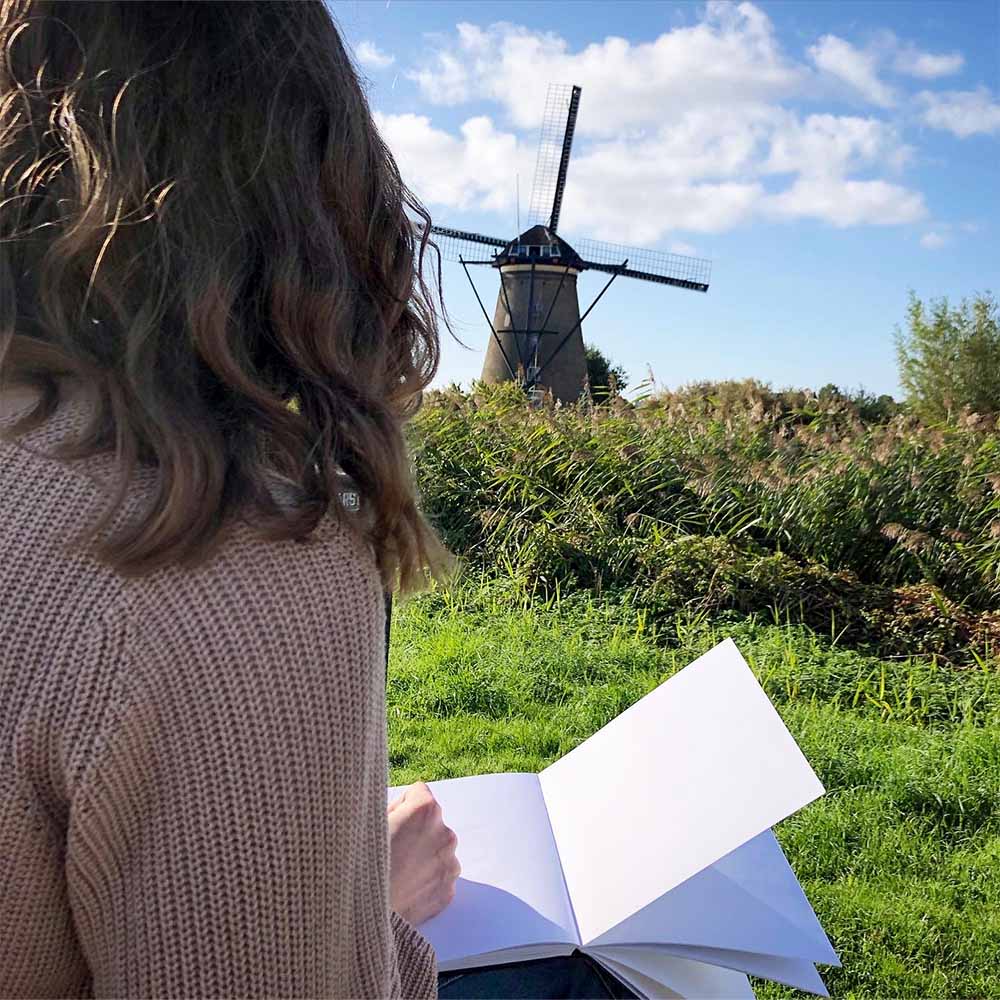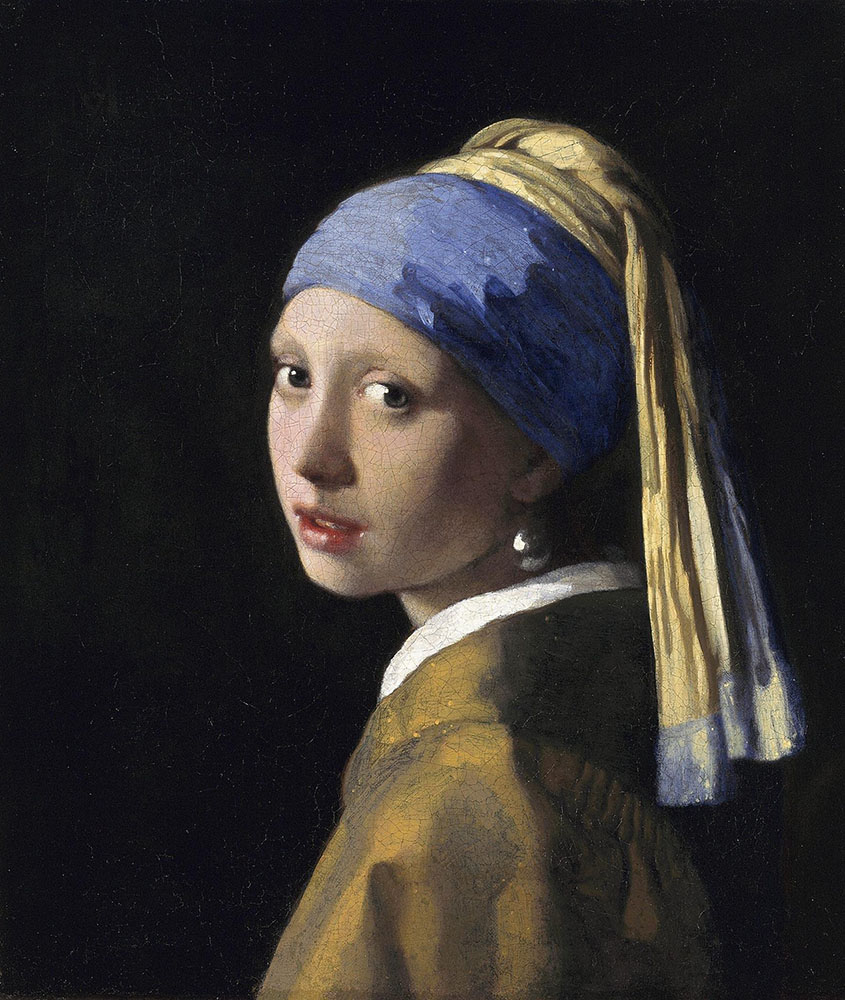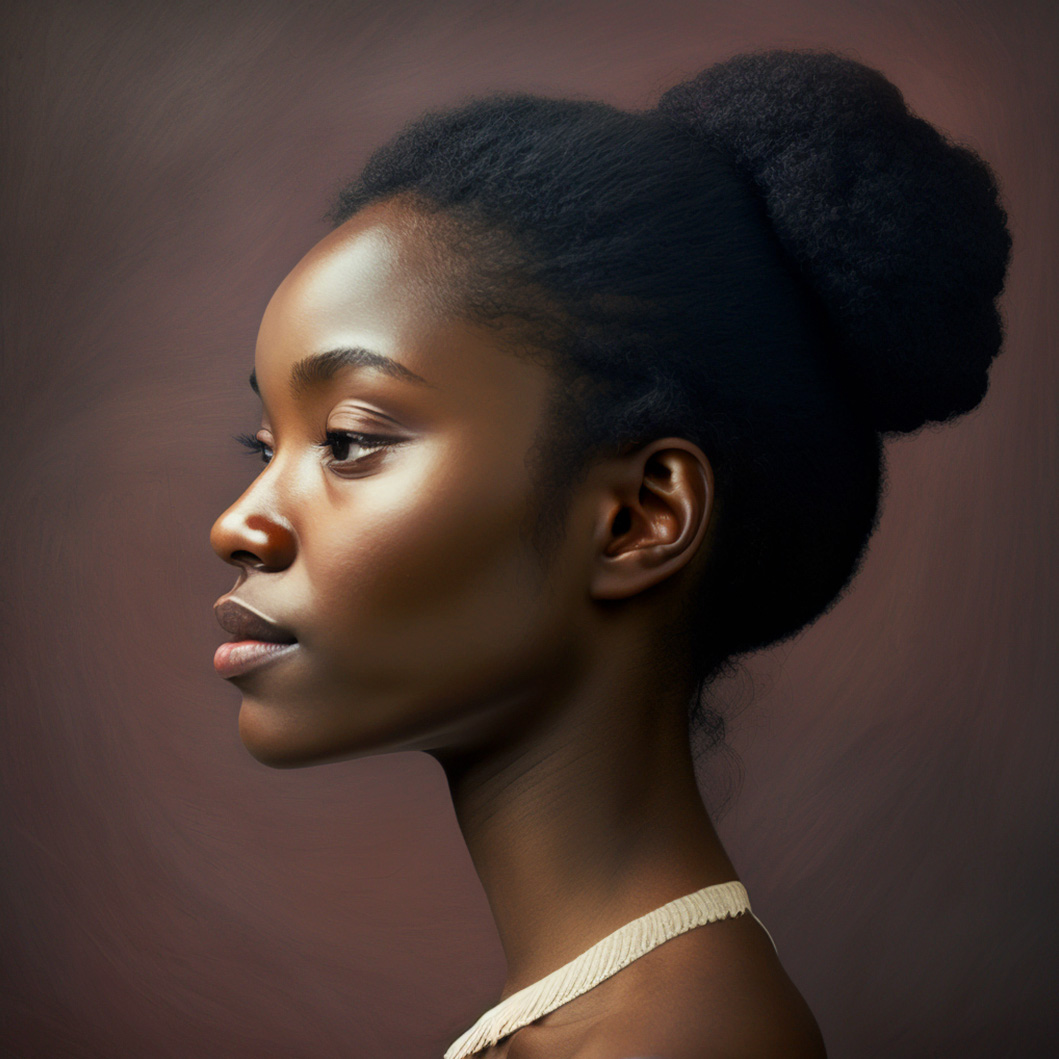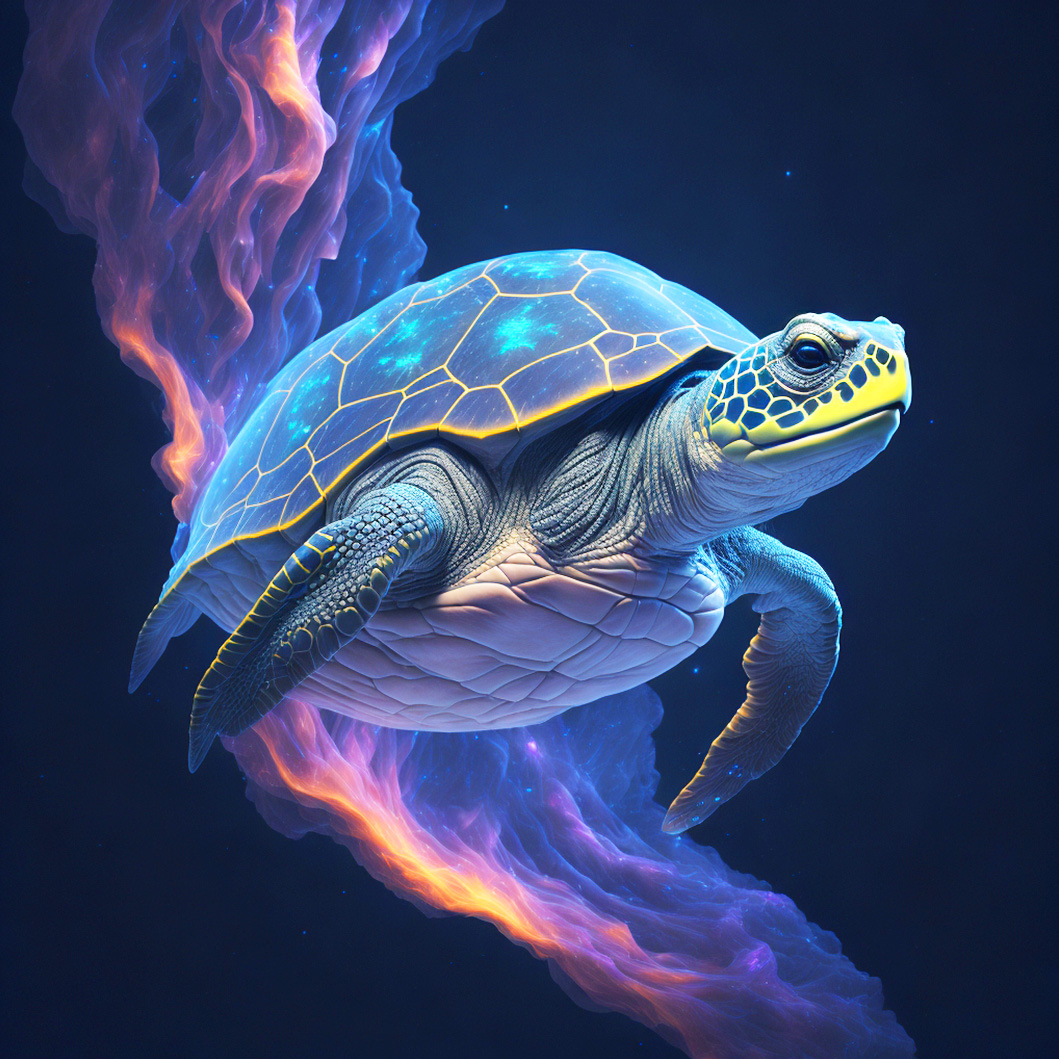
Templates for Drawing: The Ultimate Guide
Find the Perfect Template for Your Next Artwork
Did you know that even the most talented artists use templates? Templates help us maintain coherence in our artwork. They act as a guide, leading us in the right direction. It’s up to us how closely we follow the template or how much we deviate from it.
In this guide, you will learn how to find suitable templates for your art projects and what to consider to ensure that the template supports your creative process.
Why Templates Are So Helpful
A template primarily allows you to accurately depict the nuances and details of a subject. When drawing or painting from memory, there is a risk of forgetting important aspects or accidentally distorting them. Templates serve as a visual reference and help you capture proportions, shapes, and structures accurately. This enables you to create more realistic and appealing artwork.
Additionally, they serve as learning material. By studying your template carefully, you can gain a better understanding of light, shadow, spatiality, or proportions and incorporate them more effectively into your own artwork.
Types of Templates
There are a variety of templates available to artists. Each type has its own advantages and can help you achieve your artistic vision in different ways.
You should never limit yourself to just one template or type of template. Treat templates like a toolbox and use whatever you need to get as close as possible to your vision.
Reference Photos and Images
Reference photos are one of the most common types of templates used by artists. You can either take your own photos or use existing images. Reference photos provide a detailed visual template that helps you understand and represent shapes, colors, light, and shadow more accurately. They are particularly useful for realistic representations or when you want to depict specific subjects or objects precisely.


Artworks
Existing artworks can also serve as templates. These can be from yourself or other artists.
However, when using templates from other artists, ensure that you do not publish them directly if you copy them exactly. It is acceptable to replicate another artist’s work for practice or experimentation with a new style without publishing it.
It is not acceptable to present the artwork as your own creation publicly without first discussing it with the artist and obtaining permission. Don’t be discouraged if the artist does not grant permission to share their work. We artists and hobbyists should always interact respectfully and understandingly.
However, this is different with old artworks from art history. You are free to redraw works like the Mona Lisa and publish your version.
Nature and Surroundings
Nature provides a wealth of templates for artists. Whether it’s landscapes, flowers, animals, or other natural elements, nature can be an endless source of inspiration.
This type of template requires you to work artistically outdoors. So, pack your essential painting or drawing tools and find your template outside.

Keep in mind that your template may not be static. Lighting conditions can change throughout the day, and people in a café are not always still. It is a challenge to work quickly and adapt to the constantly changing situation.
However, these constant changes also invite you to bring your own interpretations or additions based on experiences to paper.
Overall, it is best for us artists to draw on-site and from life, as it requires us to think much more.
Finding Templates
Finding suitable templates for your artwork can sometimes be challenging, but there are numerous resources that can help you.
Finding Templates on Pinterest
Pinterest is a popular platform and search engine for creatives that offers a wealth of inspiration and templates. You can search for specific subjects, themes, or styles and discover a variety of images and ideas. Create a collection of pins on a board that appeals to you and use them as a starting point for your own artwork.
Finding Templates on Google
A simple way to find templates is through Google Image Search. Just enter the desired subject or theme and browse the results.
Finding Templates in Old Sketches
Using your own sketches and drawings as templates can also have a great side effect: The older they are, the more you will recognize the progress of your skills.


When choosing your template, make sure that the drawing or sketch does not have errors—or that you are at least aware of them. Otherwise, you may accidentally transfer the mistakes into your new work.
Famous Artworks as Templates
Artworks by masters of art history provide a rich source of inspiration and can also serve as templates.
An example would be Johannes Vermeer’s painting The Girl with a Pearl Earring. You could redraw it in your style or add new elements to your image.
By studying the artworks of famous artists in art history, you can also learn a lot about art.

Johannes Vermeer, Public domain, via Wikimedia Commons
Finding Templates in Immediate Surroundings
Your immediate surroundings or objects nearby can also be great templates. Something as simple as a cup can be a small challenge if you’ve never drawn from life before. The more often you use such templates, the easier it will become to translate your three-dimensional template into your two-dimensional artwork.
Generating Templates with AI
Sometimes, we have an idea in our heads and can’t find the right template through usual means. In such cases, AI (artificial intelligence) can help.
There are now many online tools and software that can create images using algorithms. You can input parameters like style, color palette, or subject, and the AI generates an image based on this information. Although AIs sometimes create a lot of nonsense, if you adjust your inputs and are patient, really good templates can emerge.
MidJourney
MidJourney is one of the most well-known AIs and lives up to its reputation, as it can create a wide variety of images in different styles. If desired, it can also generate highly realistic images.
When I was working on my tutorial Drawing Portraits, I created various profile pictures with it and used them alongside photos from the web as templates for the tutorial.
The downside to MidJourney is that it becomes paid for users after a limited number of images created.

Adobe Firefly
Adobe also offers its own AI called Firefly in Adobe Express or the beta version of Photoshop. However, to use it, you need to be a registered and paying Adobe customer.
To be honest, the quality is (still) not as good in comparison, especially if you want to create realistic templates.
However, Adobe’s AI works very well for stylized images and illustrations, and there is no limit to the number of images you can create.

Leonardo.Ai
Leonardo.ai is my personal favorite, as it provides access to various models that can create different types of images.
If desired, realistic images can also be created that match the quality of MidJourney. Additionally, in the free version, you can upload image files and create new images based on them.
The free version has a daily limit, which is quite generous and sufficient for creating a large number of images depending on the settings.

Ultimately, it is up to you to decide how and for what you use AI. At least until clear legal rules are defined. If you support the idea that the art created by artists should be legally and EU-wide protected from AI, then consider supporting the European Guild for Artificial Intelligence Regulation.
